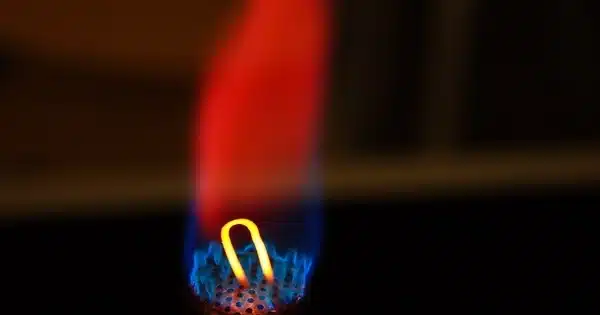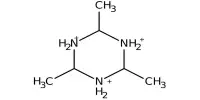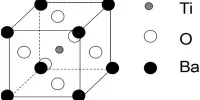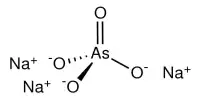Lithium beryllide (Li2Be) is a binary compound composed of lithium and beryllium. It is also known as dilithium beryllide or dilithium beryllium. This compound is a solid with a metallic luster, and its properties are not well studied due to its rarity and instability.
Lithium beryllide is a compound composed of lithium and beryllium, with a chemical formula of Li2Be. It is a grayish-white, crystalline solid that has a high melting point and is insoluble in water. It is an intermetallic compound that is used in nuclear reactors as a neutron moderator due to its ability to slow down fast neutrons and increase the probability of their absorption by uranium-235. It is also used in the production of other beryllium compounds and as a source of lithium. However, beryllium is highly toxic, and exposure to it can cause lung cancer and other respiratory illnesses, so precautions must be taken when handling lithium beryllide.
Properties
- Chemical formula: LiBe
- Molecular weight: 9.96 g/mol
- Appearance: Grey solid
- Density: 0.924 g/cm3
- Melting point: 776°C
- Boiling point: Unknown
- Solubility: Insoluble in water, soluble in acids
- Structure: Crystalline, with a hexagonal close-packed (hcp) structure
- Electrical conductivity: Good electrical conductor
- Magnetic properties: Diamagnetic
Lithium beryllide is a highly reactive compound that reacts violently with water, producing lithium hydroxide and beryllium hydroxide. It can also react with oxygen in the air, forming lithium oxide and beryllium oxide.
Due to its high reactivity and instability, lithium beryllide is not used in any practical applications. However, it is studied for its potential as a hydrogen storage material, as it has a high hydrogen storage capacity. Additionally, the compound is of interest in the field of materials science due to its unique electronic and magnetic properties.
Application
One of the main applications of lithium beryllide is as a neutron multiplier in nuclear reactors. It is capable of absorbing neutrons and then releasing more neutrons in a process known as neutron multiplication. This property makes it useful for controlling nuclear reactions and generating energy.
Lithium beryllide is also used as a constituent material in some advanced nuclear fuel concepts, such as the molten salt reactor (MSR). In an MSR, lithium beryllide is used as a neutron multiplier in the fuel salt mixture, which is circulated through the reactor core.
Another potential application of lithium beryllide is in the development of fusion reactors. Fusion reactions involve the fusion of atomic nuclei to release energy, and lithium beryllide can be used as a material for the fusion blanket, which helps to contain the fusion reaction and convert the released energy into usable forms.
















